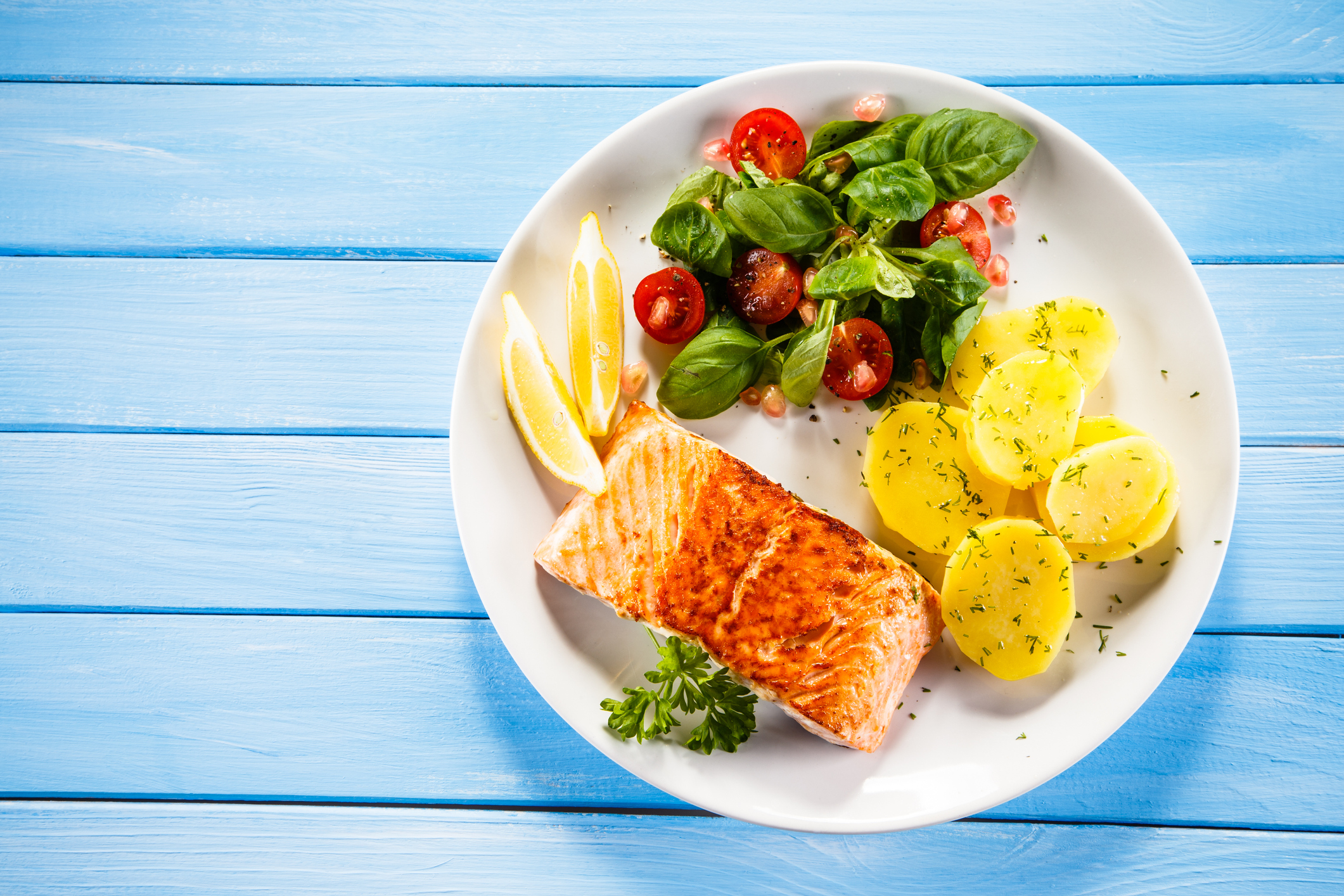Portion Control: Your Guide to Healthy Portions
SEP 09, 2024If your goal is either weight maintenance or weight loss, portion control can be a valuable tool to help you eat healthy.
Read More
What used to be a niche and obscure drink consumed only by those hard core enough to brew it at home, Kombucha is starting to show up everywhere. The fact that Kombucha is now available at many gas station chains in only validating the public’s desire for healthier, higher quality beverages. But what is it exactly!? Below is a 5-fact cheat sheet to catch you up on this new health craze.
The ingredient list is usually quite short and simple, which is part of its appeal. Most Kombucha brands contain: Water, Green/black tea blend, sugar, and flavoring (in the form of natural extracts, dried fruits or small amounts of juice). Some brands to add sugar substitutes, most commonly being stevia.
After the tea is brewed, it’s mixed and bottled with some form of sugar and a combination of bacteria and yeast. The bottled mixture is then left at room temperature to ferment (similar to alcohol). Towards the end of the fermentation process, the flavoring is added. The bottles are then refrigerated to stop the fermentation process.
Kombucha is naturally carbonated, due to the byproducts made by the bacteria. It’s a much lighter, gentler carbonation than sodas or sparkling water, making it more comfortable for those with heartburn or bloating issues to drink.
Even though sugar is usually the second or third ingredient of most Kombucha brands, a majority of the sugar added to the mixture is consumed by the bacteria during the fermentation process, not you! The bacteria turns most of the sugar into beneficial probiotics. On average, Kombucha may contain 16g of sugar per 16 fluid ounces, compared to soda which contains on average 35g of sugar per 12 fluid ounces.
Because Kombucha is a fermented food, it contains bacteria that keep your digestive system healthy by building a gut environment that allows the GOOD bacteria to thrive. Favorable gut bacteria has been linked to healthier skin, lower total body weight and a stronger immune system. Another byproduct of the working bacteria are B vitamins, which can help with energy and focus, along with the naturally occurring and modest amount of caffeine from the teas.
Here’s a tip: Because it’s a fermented food, it can be an acquired taste for some. If you try it and don’t enjoy the flavor, don’t give up. Try another brand or another flavor variety - or if you’re one of the brave ones, try brewing some yourself at home! There are home brewing kits available online that make it simple and cost effective.

If your goal is either weight maintenance or weight loss, portion control can be a valuable tool to help you eat healthy.
Read More
Keep yourself energized with healthy foods so you can feel your best all summer long.
Read More
Smart grocery shopping is an important part of eating healthy. One of the simplest places to start is by creating a menu for yourself so you know what to buy.
Read MoreWhen you need local health information from a trusted source, turn to the CHI Health Better You eNewsletter.